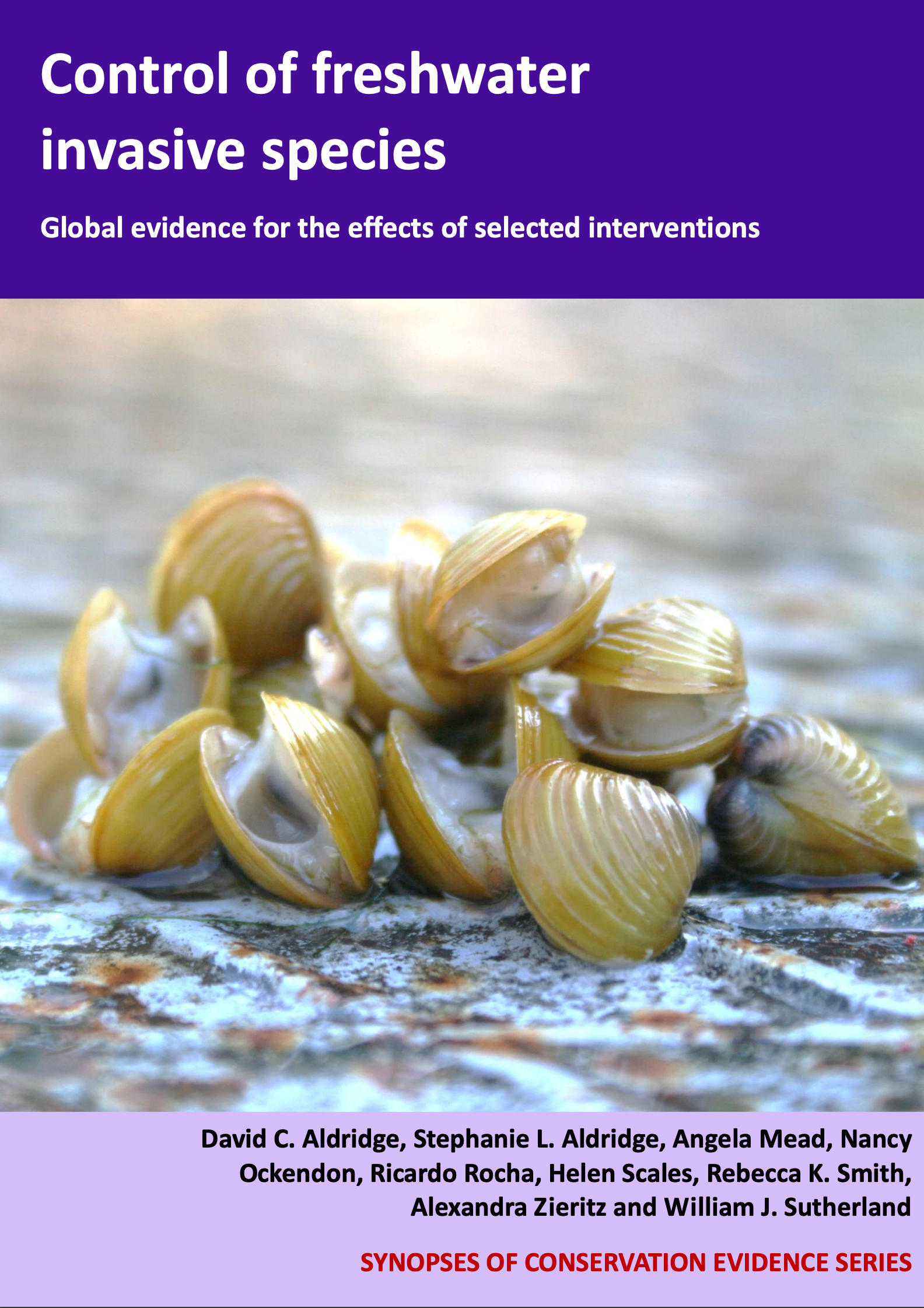Asian clams: Reduce oxygen in the water
-
Overall effectiveness category Unlikely to be beneficial
-
Number of studies: 1
View assessment score
Hide assessment score
How is the evidence assessed?
-
Effectiveness
10% -
Certainty
50% -
Harms
not assessed
Study locations
Supporting evidence from individual studies
A controlled laboratory study in 1999 on specimens from a dam and artificial stream in Texas, USA (Matthews & McMahon 1999) found that Asian clams Corbicula fluminea survived low oxygen levels for extended time periods. They survived an average of 12, 35 and >84 days at 25°C, 15°C and 5°C, respectively. Survival rates were comparable with the control (normal oxygen levels). However, larger clams were less tolerant to low oxygen than smaller ones. Groups of clams were acclimated to 5°, 15° or 25°C for 14 days. A group of 30 adult clams were held in water that was either aerated (control) or had reduced oxygen at 5°, 15° and 25°C. In low oxygen treatments, partial pressure of oxygen was reduced to less than 5% of full air saturation by continually bubbling the water with nitrogen. The water was changed every 2-3 days. Testing ceased when all clams had died or after a maximum of 12 weeks. Oxygen concentrations and survival of clams were recorded daily.
Study and other actions tested
Where has this evidence come from?
List of journals searched by synopsis
All the journals searched for all synopses
This Action forms part of the Action Synopsis:
Control of Freshwater Invasive Species
Control of Freshwater Invasive Species - Published 2017
Control of Freshwater Invasive Species Synopsis





)_2023.JPG)














